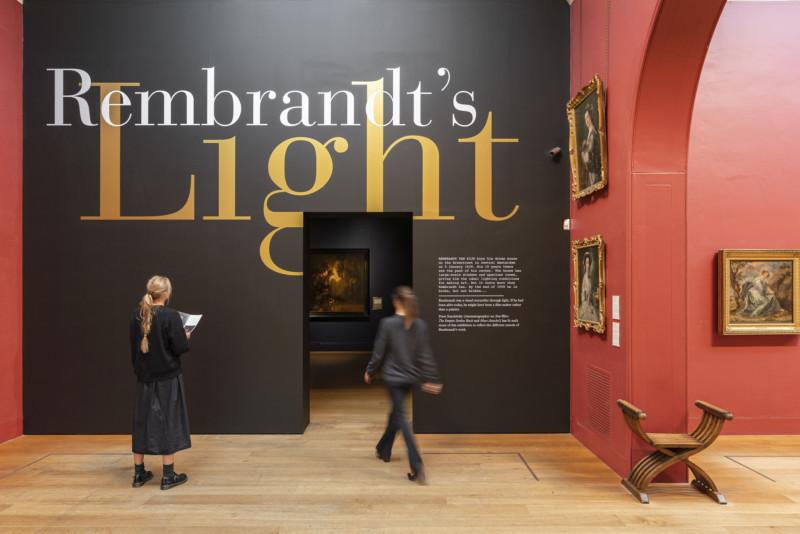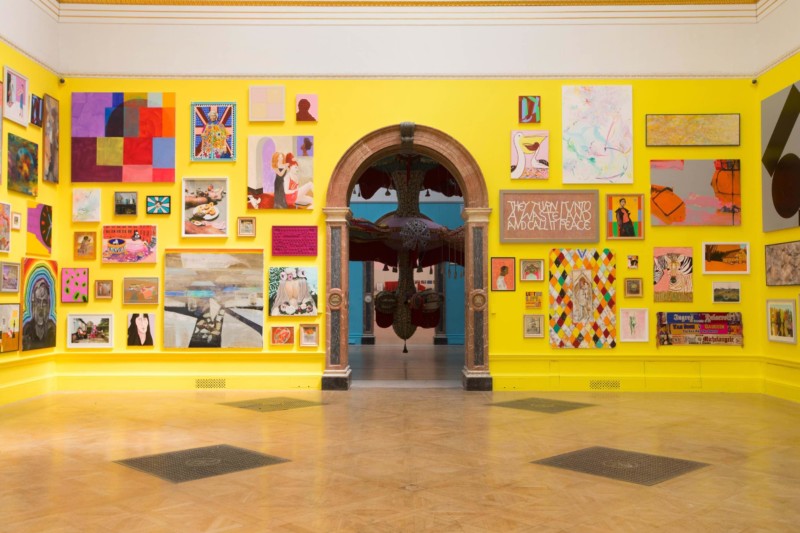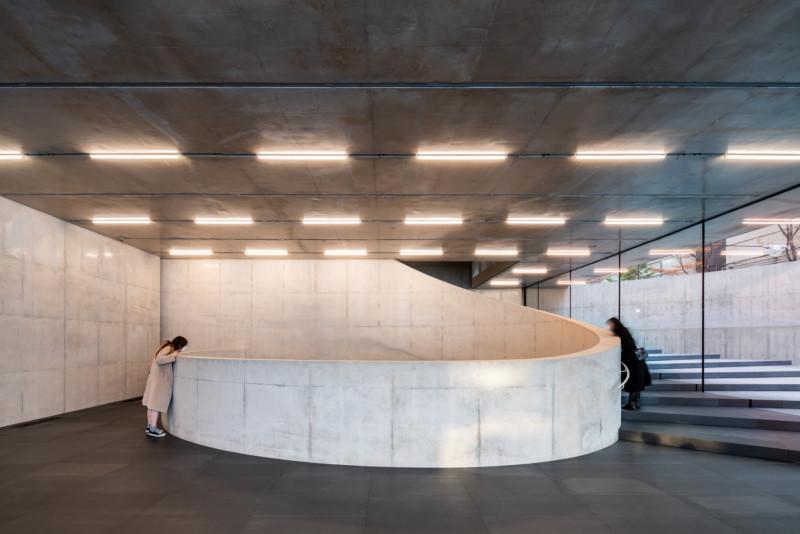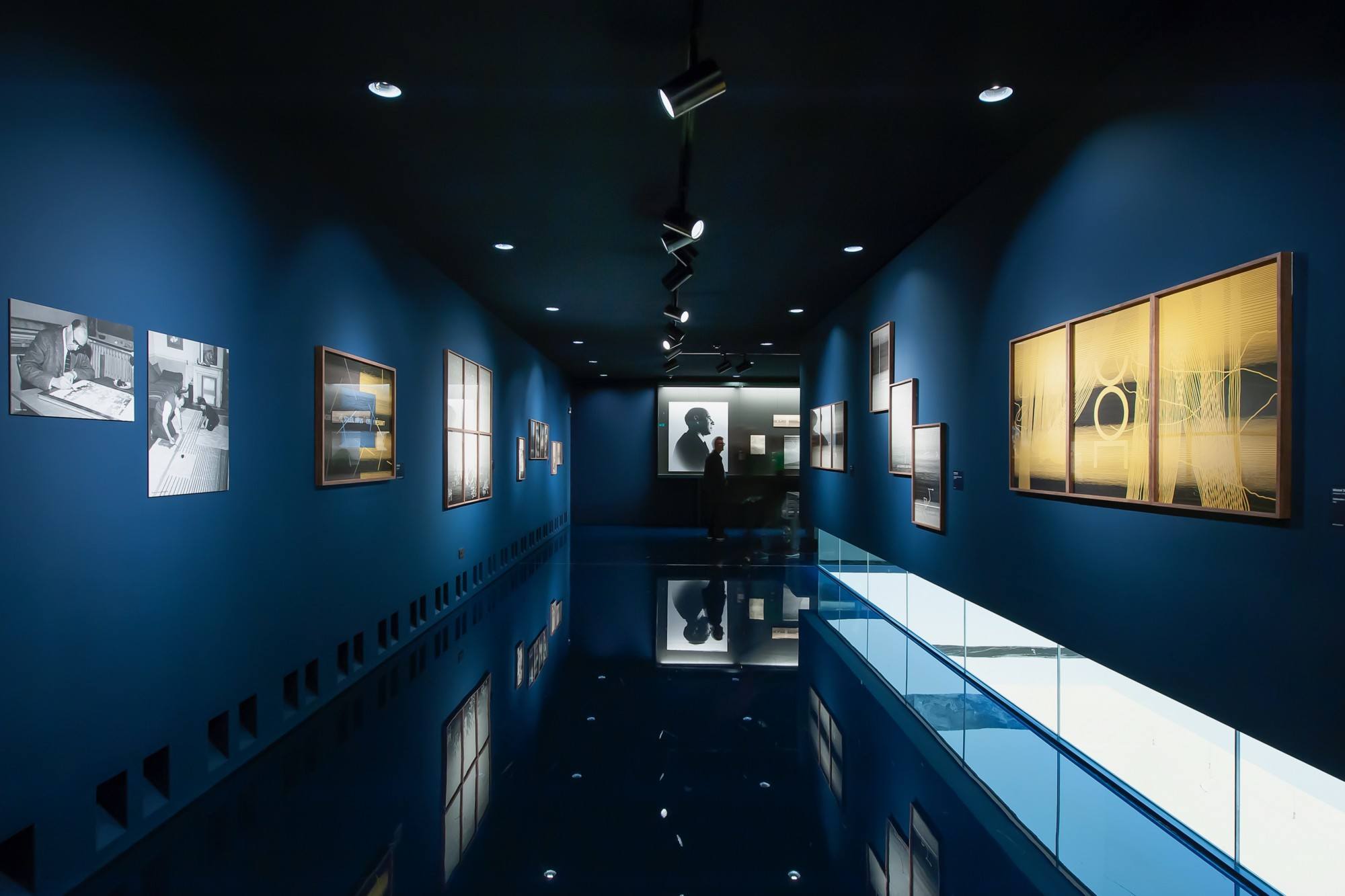
Royal Museum of Fine Arts Antwerp (KMSKA)
This project showcases best practices for relighting a large historic museum with innovative technologies to preserve the old magnificence as much as possible.
The Royal Museum of Fine Arts Antwerp (KMSKA) was closed for over a decade due to an extensive refurbishment of the building. The Flemish government’s Department of Culture, Youth and Media invested around EUR 100 million in the overall renovation of the building, which, besides being one of the last examples of neoclassical architecture in Antwerp, houses a rich art collection spanning seven centuries: from the Flemish Primitives to the Expressionists, with works including paintings, drawings and sculptures. The overarching refurbishment design was made by the renowned architectural firm KAAN Architecten, based in The Netherlands.
Modernizing ancient grandeur
Well-established within the urban fabric, the museum was originally designed in the 19th century and opened to the public in 1890. The KMSKA (standing for Koninklijk Museum van de Schone Kunsten) was conceived as a daytime museum, where visitors could enjoy a stroll surrounded by beautiful works of art and the outdoor landscape, visible through the multiple openings to the city and the interior patios.
One of KAAN’s boldest choices was to completely conceal the museum extension within the existing structure. The new addition is not visible from the outside in order to emphasize the monumental character of the 19th-century building in the southern quarter of Antwerp, which has progressively gained in value since the beginning of the 2000s due to public investments and urban transformations.
The KMSKA is now divided into three areas: a public entrance, central exhibition spaces and offices at the rear of the building. From the Leopold de Wael square, a monumental staircase provides access to the museum and through large-restored oak doors leads to the entrance hall, which houses an interactive information zone, a cafeteria, an auditorium, a bookshop with a coffee corner and a circular staircase leading to the street level area housing a library, a cloakroom and a second entrance for large groups.
From the lobby one then arrives at the majestic Keyser Hall, whose role is to introduce and direct visitors according to two different routes: one, ascending the grand staircase, leads to the main floor of the renovated 19th-century museum, the other, going straight ahead, leads visitors to the new 21st-century museum.
For the renovation of the historical museum, the old magnificence was preserved as much as possible: visitors pass through a row of exhibition rooms painted in a color palette that refers directly to the museum’s original colors. The ancient grandeur is recounted by the oak doors, tall columns and ornate plaster ceilings, some of them gilded.
Lighting design by Arup
On the first floor, the subject of the extension, the bright, minimalist interior, without decoration of any kind, is characterized by ceilings with deep skylights, also white, which amplify the effect of the natural light pouring in from above. Artificial lighting was a novelty for this museum designed with natural lighting in mind. Arup came up with a lighting concept that could be adapted to different architectural contexts and that would be able to meet different exhibition and conservation requirements.
The choice fell on iGuzzini’s Palco and Palco framer floodlights for a number of reasons: their minimalist shape allowed them to be inserted both in the historical part of the museum, opting for the black version, and in the contemporary part, where they were chosen in the white version. In terms of performance, the floodlights were chosen for the extreme reliability of the optics and their extension. Super spot, spot, medium and wide optics were used for a total of about 950 fixtures, of which about 40 were specifically made with Tunable White to be able to define the best color temperature for certain paintings.
Why Casambi
Due to the high ceilings, sometimes up to 12 meters, manual dimming would be a challenge. Due to the mains track already being installed simultaneously within the first phase of the refurbishment, DALI was not an option.
‘Quickly we opted for Bluetooth LE but did not specify Casambi yet. But after research and seeing that Casambi was capable of managing large mesh networks of fixtures, this seemed the only logical choice. Where other systems did not feel capable enough to ensure optimal luminaire management, Casambi did have options, such as clear overview of site and fixtures, but also on how to control and commission the design’ said Ibrahim Chaara, Project Lighting Engineer at iGuzzini.
Casambi is integrated into all the iGuzzini fixtures. An approximate total of 950 luminaires, with 25 unique codes. Casambi is not only controlling the dimming, but also the Color Temperature.
‘The Casambi control system made it possible to overcome the difficulties related to the height of the rooms: in some cases, the height from the floor to the track is 12 meters: working with manual dimming would have been very difficult. The Casambi protocol working with a meshed network ensures that each luminaire communicates with the others and in this way guarantees the connection of the whole system. Thanks to this protocol, specific lighting scenes were created for each room: dimming and color temperature for each painting were defined with the continuous presence of the museum curator’. Ibrahim adds.
In pursuit of picture-perfect lighting
‘In retrospect, one of the most difficult but also fabulous challenges was bringing the art to life with the highest quality of light. In the search for the best light and suitable aesthetics of the lighting fixtures to fit in rather diverse museum spaces, iGuzzini’s Palco fixture series seemed to offer exactly what was needed. In the KMSKA, iGuzzini’s lighting fixtures are equipped with lenses, filters, framers, snoots and/or honeycomb accessories. Fixture optics range from 4° spots to powerful 48° wide flood optics’. Says Simone Collon, Lighting Designer at Arup.
For the Adoration of the Magi, for example, painted by Peter Paul Rubens, multiple Palco fixtures are used to get a general uniform lighting effect. Certain areas of the painting were highlighted with some Palco framers in Tunable White to emphasize the blue hue near the camels with a cold color temperature and the red robes with a warmer color temperature.
The luminaires are heavily dimmed, in some cases by 80 % and more, to ensure the preservation and protection of the paintings. An example for all: in the Rubens Zaal, for “The martyrdom of saint Apollonia” there were some accents done with the Palco Framer. The curator thought to add elliptical shape with the framer and used a neutral white to highlight the scene in the middle of the painting. This was dimmed down to a mere 2% which was enough to add some contrast.
Passing to modern art, for “Landscape with a Girl Skipping Rope” by Salvador Dalì, extra emphasis was placed on the girl skipping rope in the middle. The painting naturally already has a chiaroscuro effect in the middle to make sure the viewer looks at the girl, but with the Palco framer it was enhanced.
‘Some large-scale historic paintings are still waiting for their restoration. To soften the yellowish tint from the old varnish, yet to be removed, Tunable White fixtures have been used to balance the color appearance. Illuminating the museum’s most beautiful and famous paintings, drawings and sculptures with approximately 900 iGuzzini fixtures feels like the completion of a quest for the most perfect light. Our contacts at iGuzzini were of great help, acted proactively, helped to sort out fixture orders within tightest deadlines and – to summarise – were fantastic to work with.’ Says Simone.
A proven formula for success
‘This project is a great example of the possibilities with a Bluetooth LE system. It is a great follow-up on the Royal Academy of Arts in London which iGuzzini did in 2017 with the same formula. So, in essence, this is already the follow-up/future project on the success of the first one. So of course, when the opportunity arises, this will be repeated’ she concludes.
Interested in learning more about Casambi? Drop us a note, and we’ll reach out to you:
Site
KMSKA – Royal Museum of Fine Arts Antwerp
Location
Antwerp, Belgium
Architects
KAAN Architecten (NL) / Robbrecht en Daem architecten (BE)
Lighting design
ARUP (NL & UK)
Lighting supply
iGuzzini (NL)
Commissioning
Living Projects (NL)
Additional parties
Meyveart – Museum Showcases
Casambi nodes
950
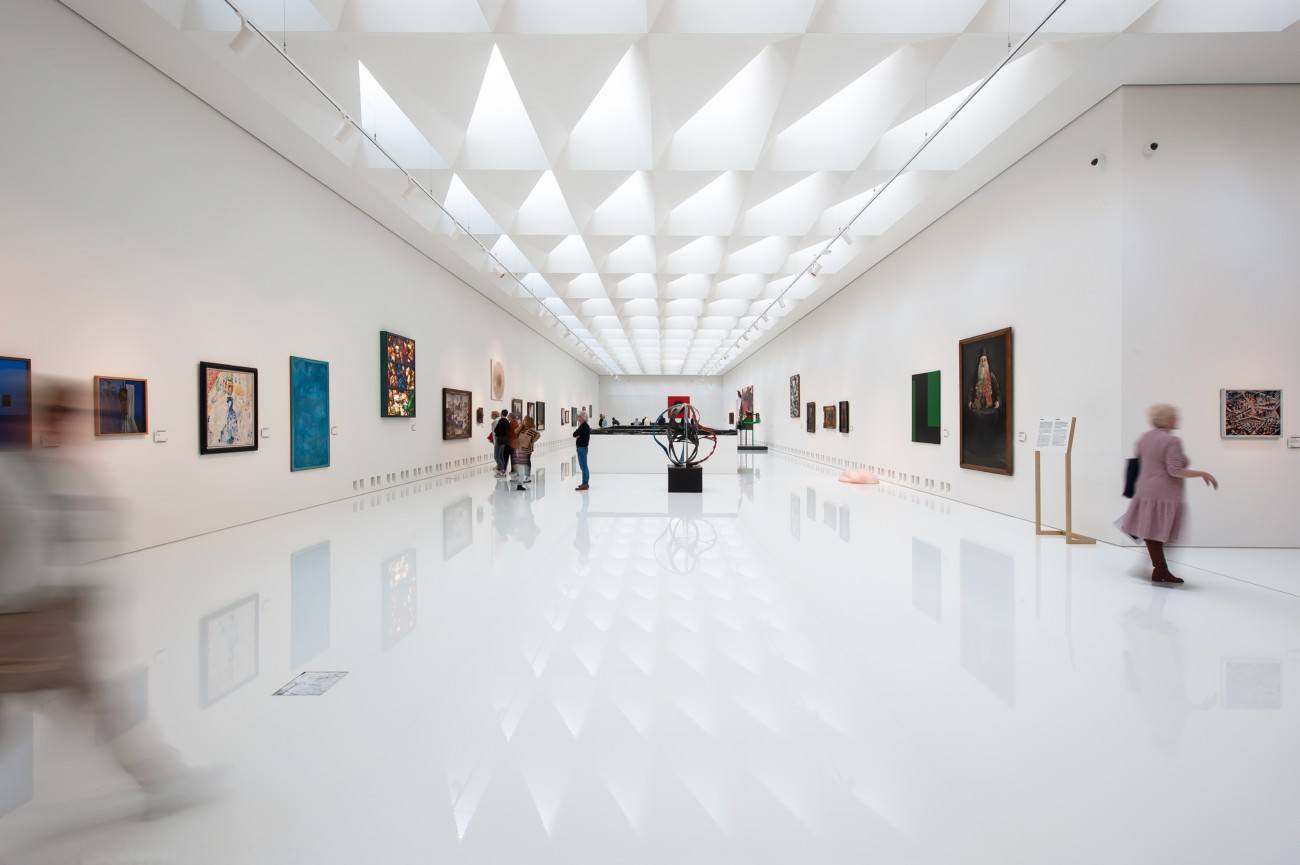
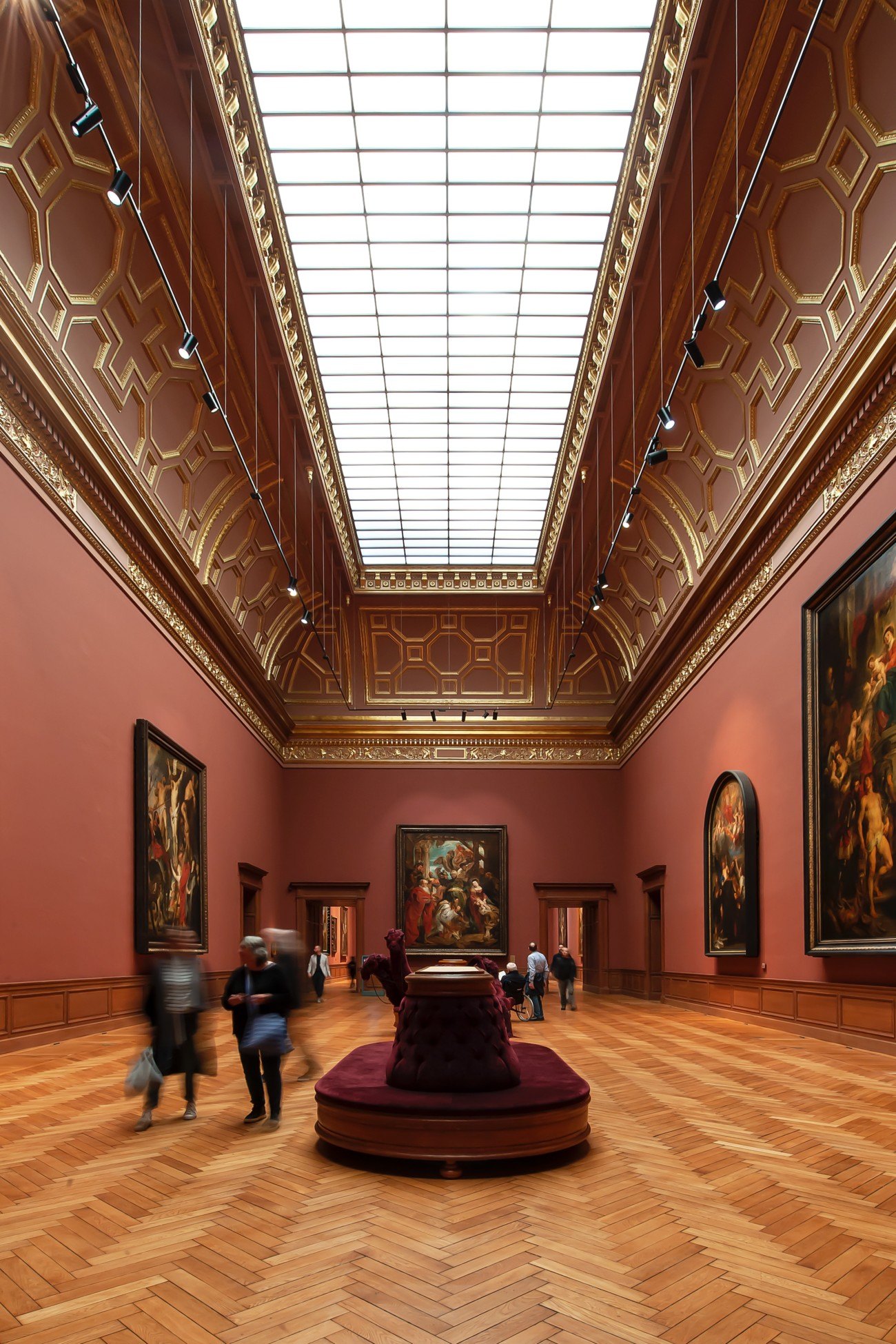
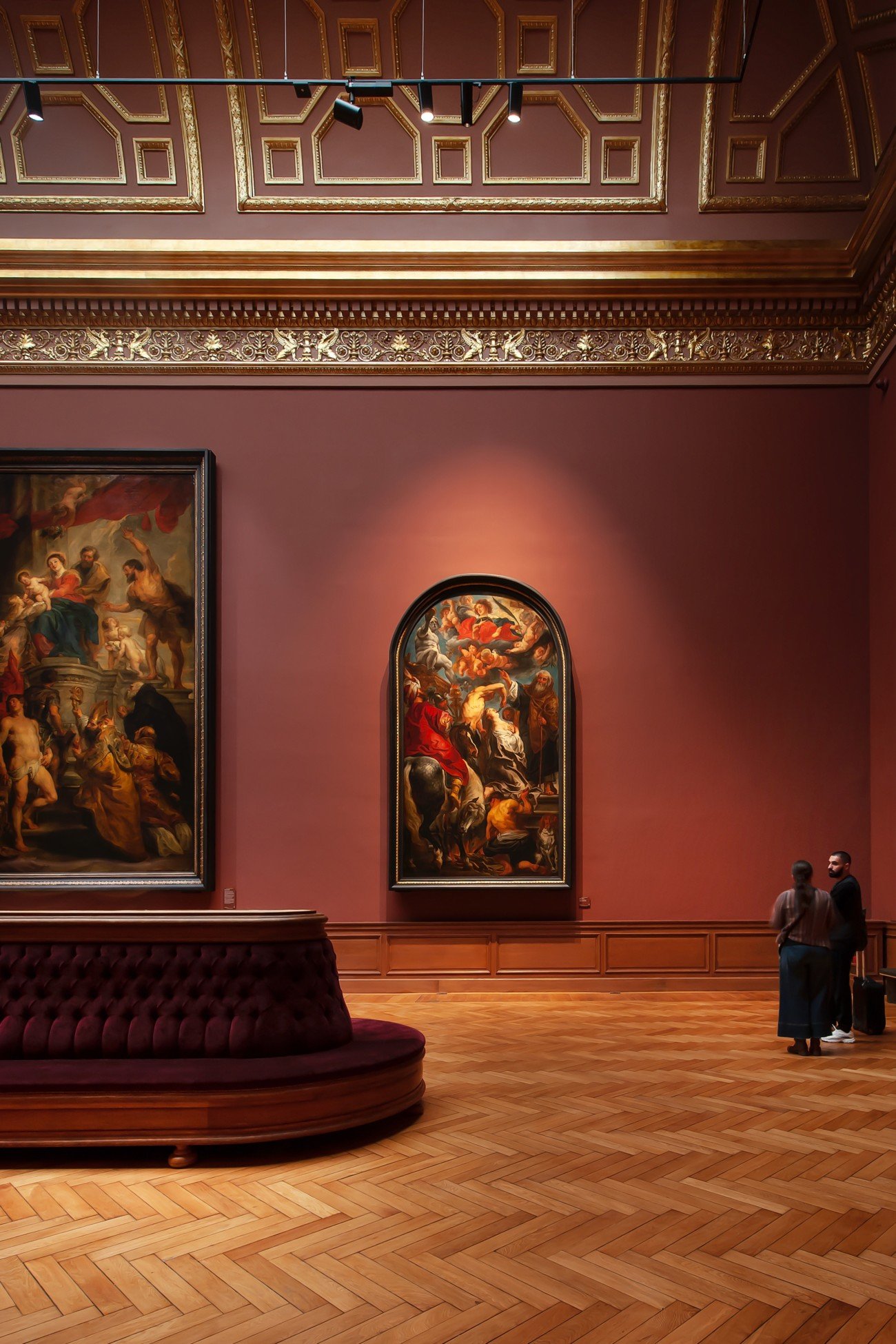
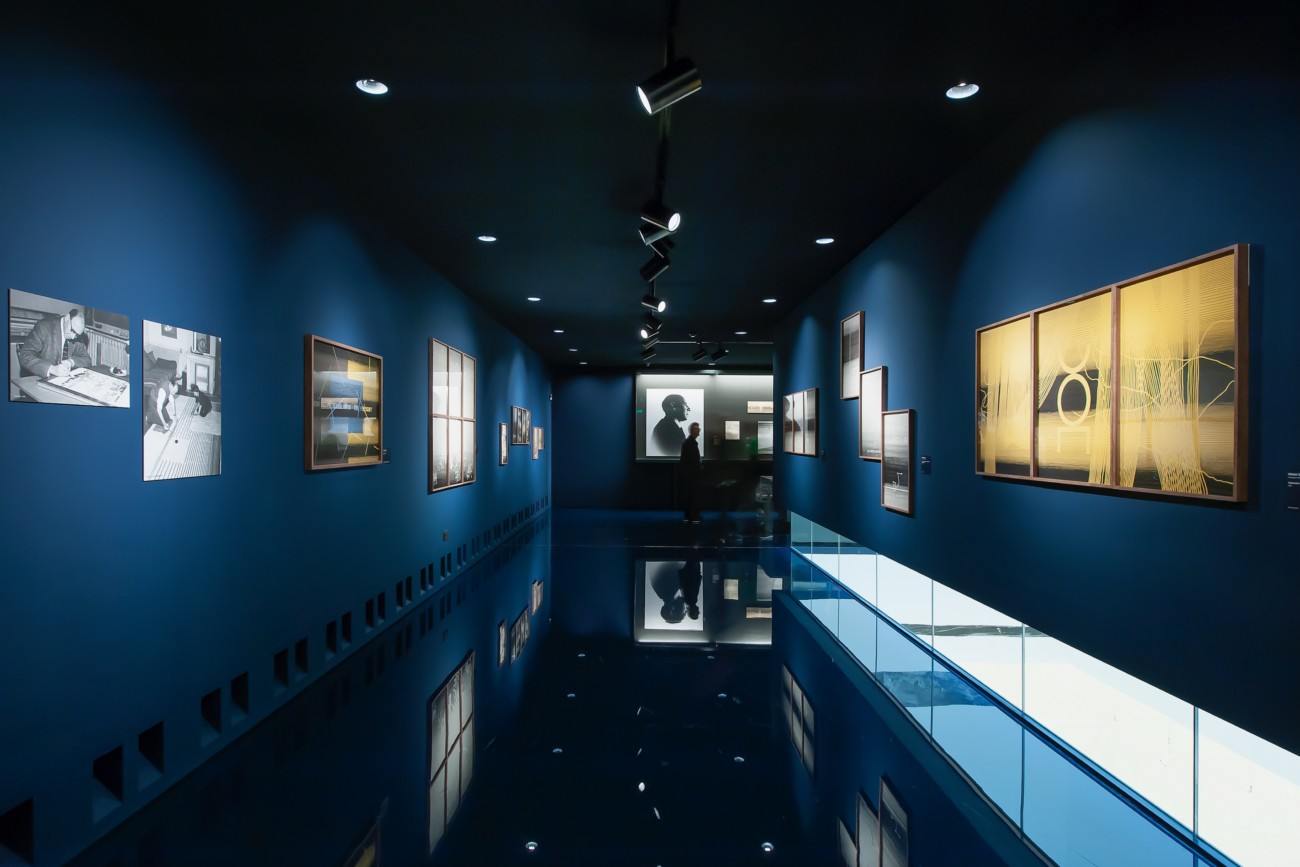
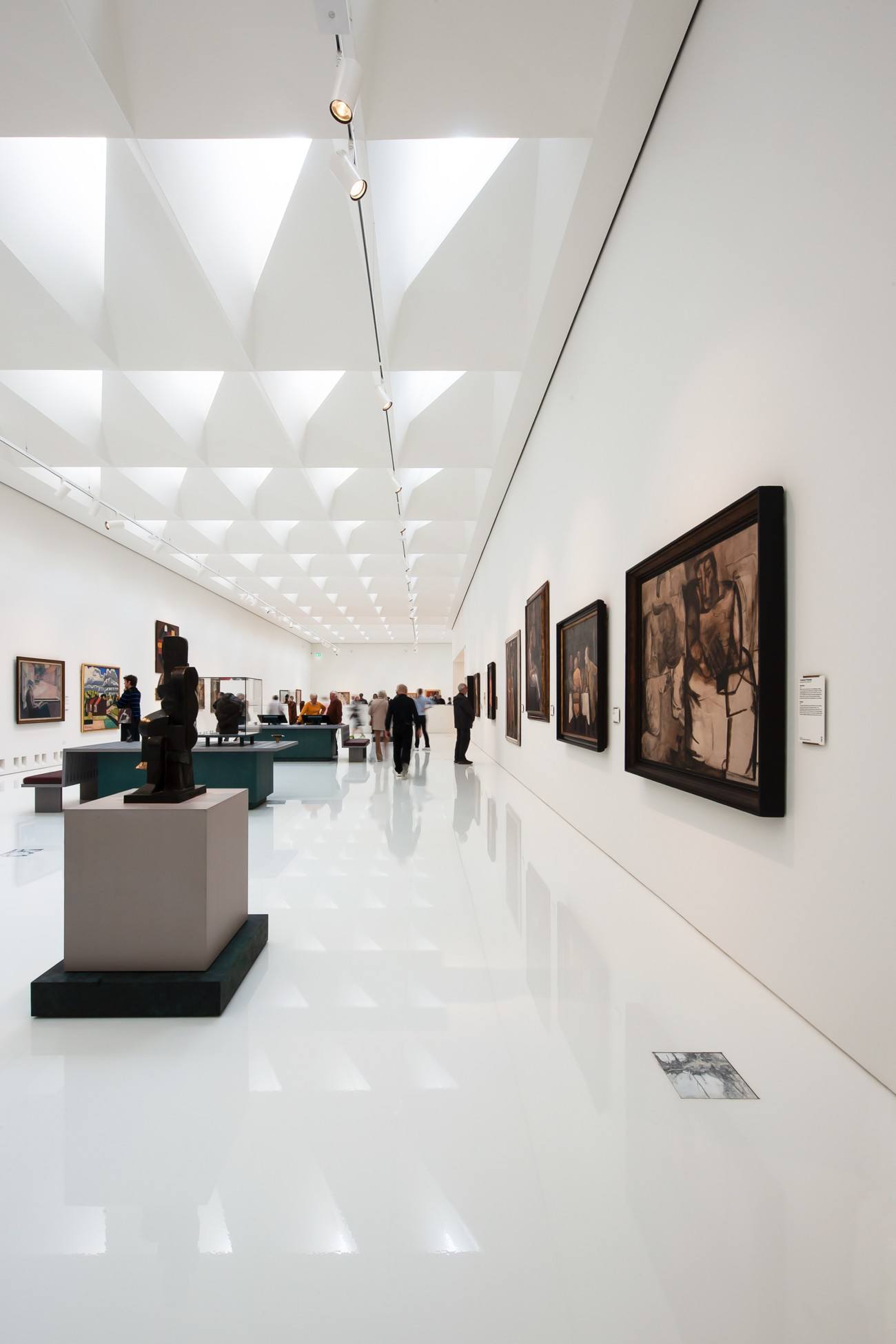
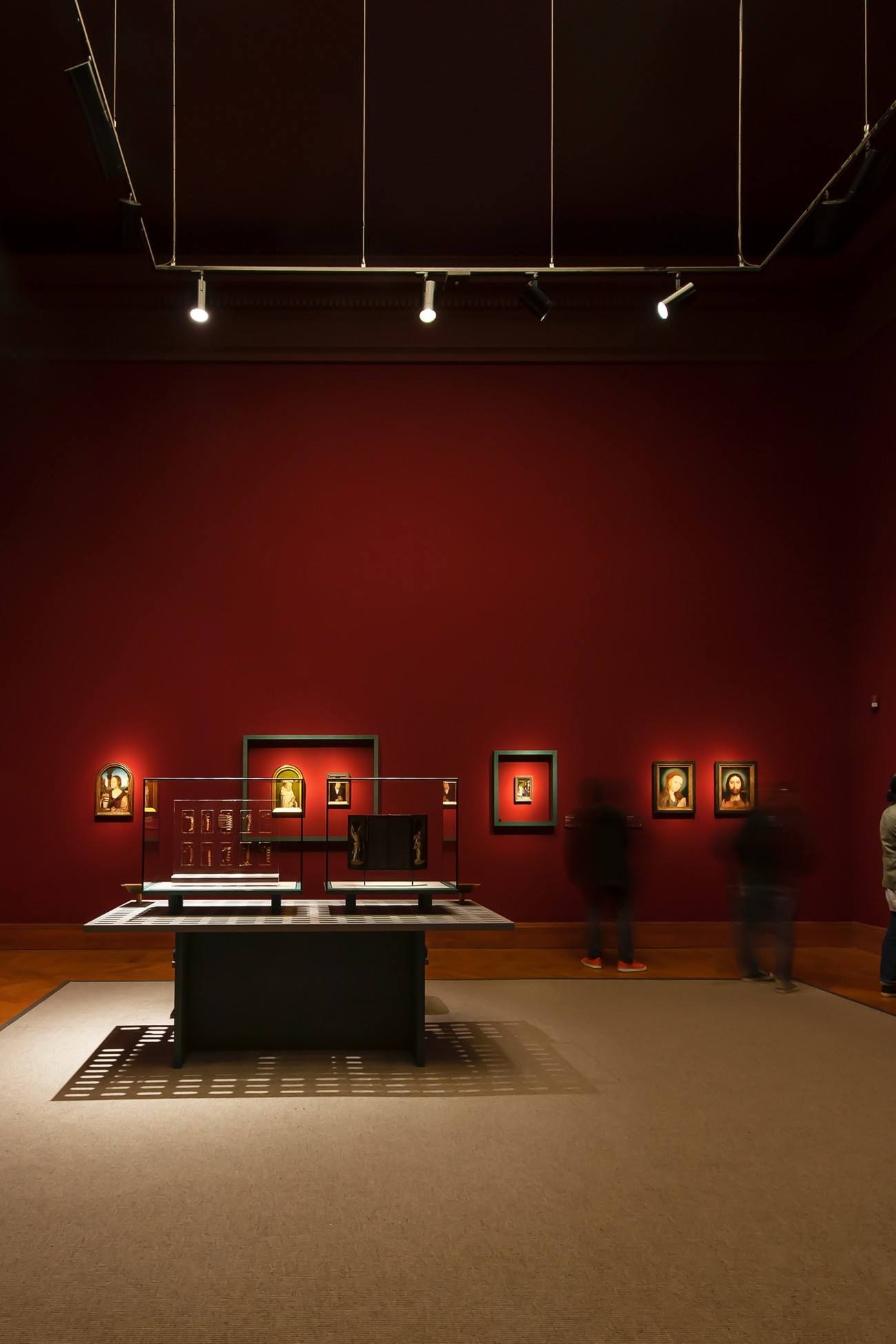
Share your work with us
If you have a Casambi project that you would like to publish at Casambi.com please click the button below and tell us a little bit more about the project. We’ll get back to you within two business days.
